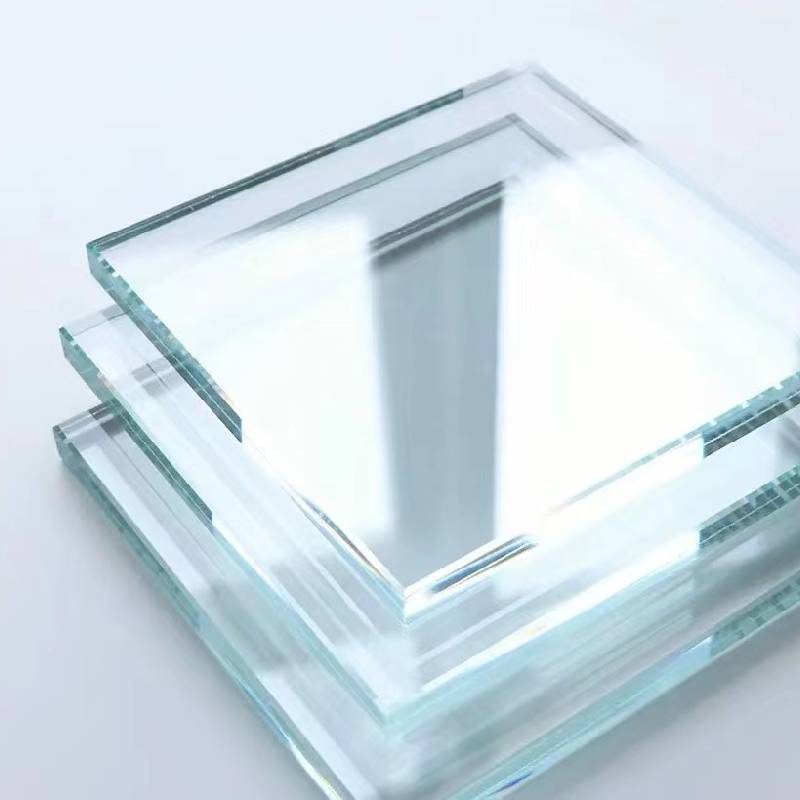

The Process and Importance of Tin Bath Float Glass
The production of float glass is a sophisticated and precise process that revolutionized the glass manufacturing industry. Among the various methods used, the tin bath technique stands out due to its efficiency and ability to produce high-quality glass. This method, developed in the mid-20th century, employs molten tin to create a perfectly flat sheet of glass, which has become a standard in architectural and automotive applications.
At the heart of the float glass process is the tin bath, a shallow tank filled with molten tin, which serves as the platform on which the glass is floated. The process begins with the melting of raw materials, primarily silica sand, soda ash, and limestone, in a furnace at extremely high temperatures. Once these materials are liquefied, the molten glass is carefully poured onto the surface of the molten tin.
The use of tin is crucial. Specifically, tin has a lower density than molten glass, allowing the latter to float on top. The glass spreads out evenly and creates a continuous sheet that is both smooth and flat. This characteristic is essential; imperfections or unevenness in traditional glass production methods can lead to significant issues in applications where clarity and precision are paramount, such as in windows and display cases.
The temperature of the tin bath is carefully controlled, typically maintained around 2,200°F (1,200°C). This high temperature not only keeps the tin molten but also helps in preventing oxidation, which can compromise the quality of the glass. As the glass floats on the tin surface, it is drawn out to the desired thickness through a series of rollers and is then cooled gradually in a controlled environment known as the lehr. This slow cooling process is vital for ensuring the strength and durability of the finished glass.

One of the notable advantages of the tin bath float glass process is its ability to produce large sheets of glass with exceptionally uniform thickness
. This becomes particularly important in architectural applications where large windows are desirable. The flatness of the glass surface enhances the aesthetic appeal of buildings while also providing improved energy efficiency through better insulation properties.In addition to architectural uses, float glass manufactured using the tin bath method is widely utilized in various industries including automotive, solar panels, and electronics. The clarity and smoothness of the glass make it an ideal choice for windshields and display screens, where visual quality is of utmost importance.
Furthermore, the float glass process is inherently more environmentally friendly than traditional methods. The closed-loop system allows for better recycling of materials, and the efficiency of the tin bath reduces energy consumption compared to other glass production techniques. As industries increasingly seek sustainable practices, the tin bath method aligns perfectly with these goals.
In conclusion, the tin bath float glass process has transformed the way glass is produced, offering unrivaled quality and efficiency. Its unique characteristics—perfect flatness, high durability, and increased sustainability—make it a cornerstone of modern glass manufacturing. As technology and design continue to evolve, the demand for float glass will only grow, solidifying the importance of the tin bath method in the future of the industry. This innovative technique not only meets the current demands of a diverse range of applications but also paves the way for advancements that will enhance the functionality and aesthetic of glass in our everyday lives.